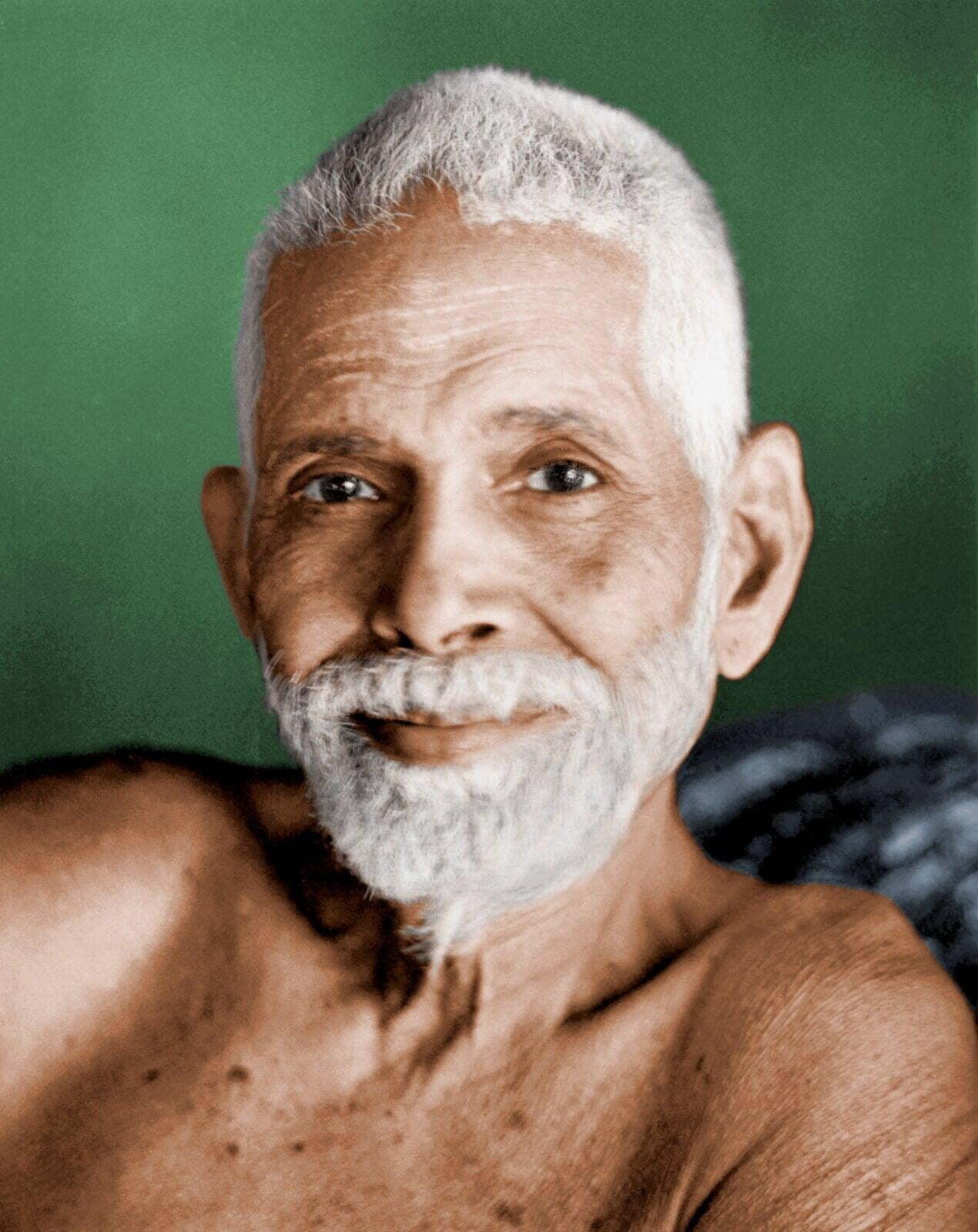Etiquette around Arunachala
Etiquette around Arunachala
The culture of Tamil Nadu may be confusing to those of other countries. Here is a quick (but not complete) summary that will help you respect the local ashrams, temples, and shrines.
Do’s and dont’s for visiting temples and shrines:
Do’s and dont’s for visiting temples and shrines:
- Do not go inside a temple structure enclosing a shrine (especially the innermost structure housing the deity, called the sanctum sanctorum) without being invited by a priest.
- Do not touch anything without permission from a priest.
- Do not take pictures of any deities without permission from a priest.
- Do not carry your shoes inside a temple or shrine. Often, there is a designated place for you to leave shoes outside, with someone who will watch them for a small fee.
- If you are sitting and a priest walks in or the bells ring during a puja ceremony (signaling that a connection to the deity has been made), stand up.
- During a puja, do not walk (in Pradakshina worship or otherwise) around the shrine where the puja is taking place. This is especially important while the curtain (if there is one) in front of the deity is closed.
- Avoid pointing the bottoms of your feet towards anyone while you are sitting.
- Observe silence while inside temples or shrines, including keeping your cell phone silent.
- There may be other rules, depending on where you are. The best way to handle this is to watch and copy what others do.
Worship practices:
Worship practices:
To receive the blessing of the deity, pranam (bow) in one of the following positions:
- Standing with your hands clasped in front of you
- On your knees (this is the preferred method for women).
- With your body stretched out on the ground and your arms stretched out in front of you (this is the preferred method for men),
If there is camphor burning in front of the shrine, gently wave your hands over it towards your head to “take in the light," touching your eyes with your eyelids closed.
If there is vibhouti (sacred ash) and kumkum (red powder) available in a tray, take some vibhouti with your right hand only and smear it across your forehead. Put a dot of kumkum on your forehead between your eyebrows. It is customary, but not required, to leave a small amount of money on the tray.
If a priest is there, he may offer to do an archana to invoke personal guidance and blessings for you. An archana is a special brief puja (ceremony). To do this, he may ask you a few personal details like date of birth, family name. After the archana, it is customary to leave some money in the tray the priest will be holding.
If a priest is there, he may offer to do an archana to invoke personal guidance and blessings for you. An archana is a special, brief puja (ceremony). To do this, he may ask you for a few personal details, like your date of birth and family name. After the archana, it is customary to leave some money in the tray the priest will be holding.
You can do a form of Pradakshina (walking worship) by either walking clockwise around the shrine that houses the deity or standing in one spot in front of it and turning your body all the way around clockwise.
If you are in front of a depiction of Lord Shiva (picture or statue) and want to meet His gaze for maximum blessing, look in his eyes while coming up from a pranam (bow), not upon initial approach.
Dress Code
Dress Code
It is Indian tradition to show respect to a holy place by wearing appropriate clothes and behaving in a respectful manner. The Holy Hill of Arunachala and the Town of Tiruvannamalai, including all its various large and small temples, shrines, and ashrams, deserve this respect and consideration.
Before entering any holy place, please leave shoes and sandals outside. The ashram has a shoe or sandal stall near the entrance. (Do not carry your shoes in your bag within the holy places.) (This is as offensive as wearing them).
Ladies If you are not wearing a sari, salwar-kameez, or other appropriate Indian clothes, please wear western clothing that is loose, sleeved, and not transparent. The chest, shoulders, and legs should be covered.
Men: If not wearing a dhoti, kurta, or other appropriate Indian clothes, please wear a sleeved shirt (not an undershirt or sleeveless baniyan) over long pants. (Wearing shorts, jatti, and other beach-like wear are signs of disrespect).
Code of Conduct at the Ashram
Code of Conduct at the Ashram
As this is an ashram, one needs to be sensitive to the needs of the devotees; therefore, please act respectfully and follow the few traditional and customary rules. We trust that devotees come for a period of quiet study, reflection, and meditation only. Please find alternative places for sightseeing, meeting relatives and friends, or transacting other personal business.
Please, SWITCH OFF or at least “SILENCE” your Mobile Phones at all times when within the Ashram.
Please maintain silence and refrain from social interactions. Any visitors coming to Tiruvannamalai to attend satsangs or meetings with one or more of the various gurus, teachers or for other reasons, and are not here for the sole purpose of deepening in their own experience and understanding of Bhagavan Sri Ramana Maharshi’s teachings, are requested to seek accommodation elsewhere.

